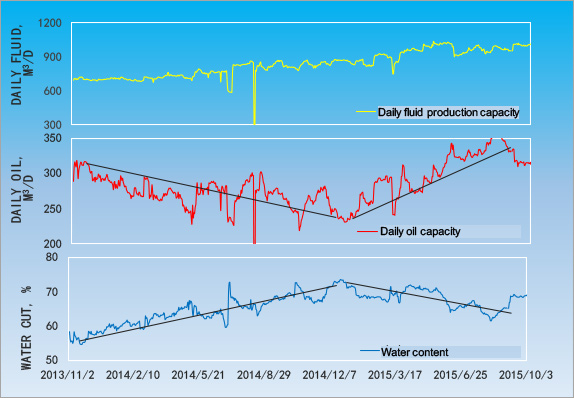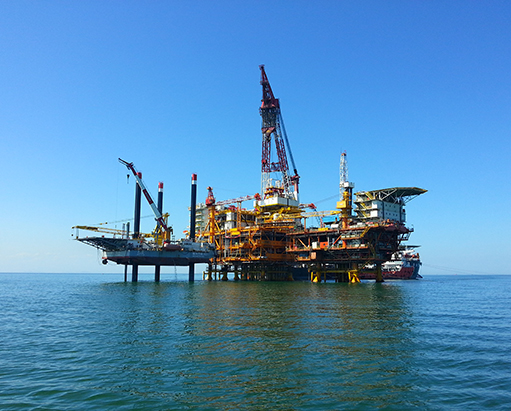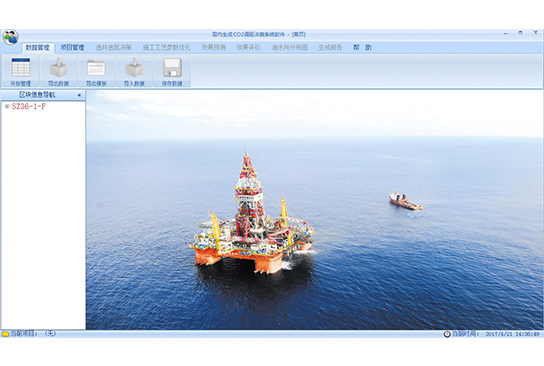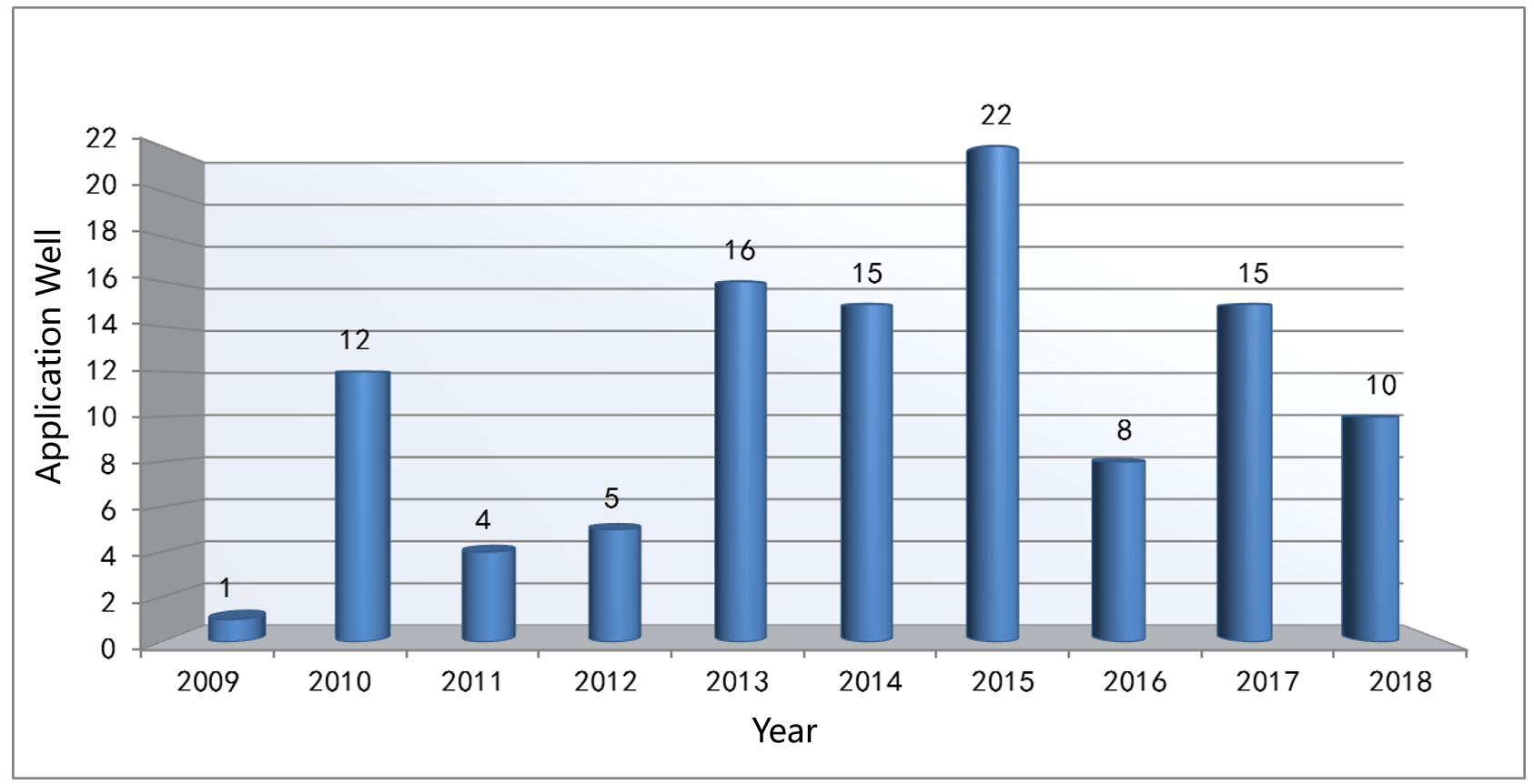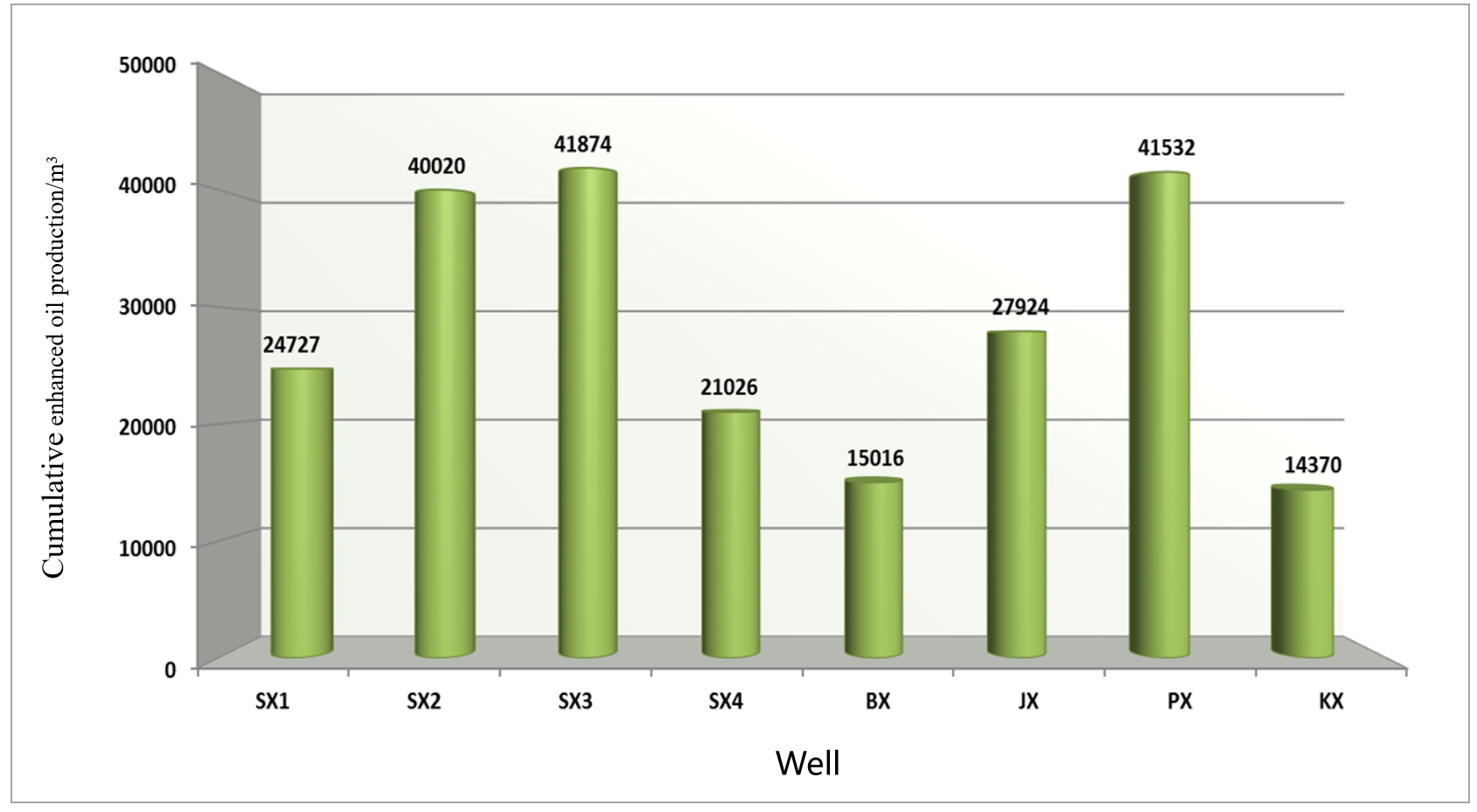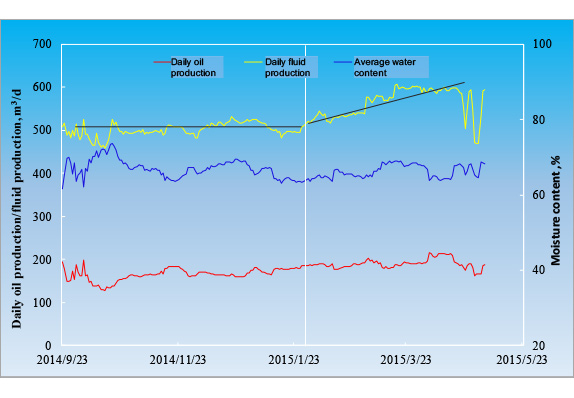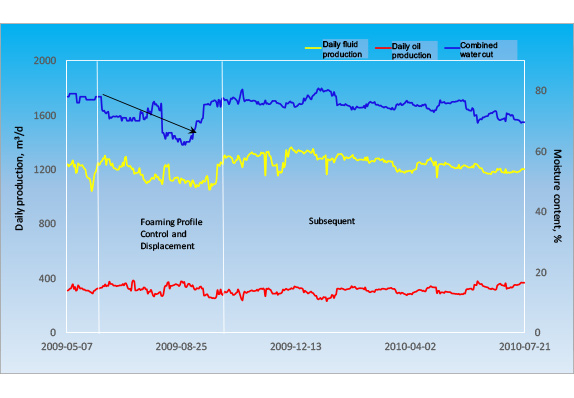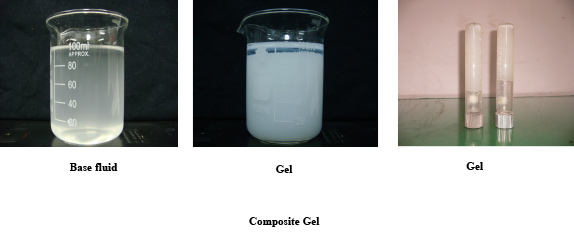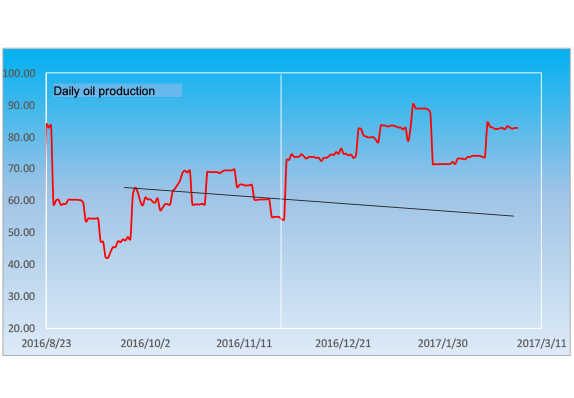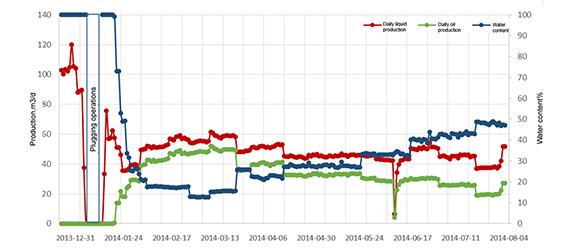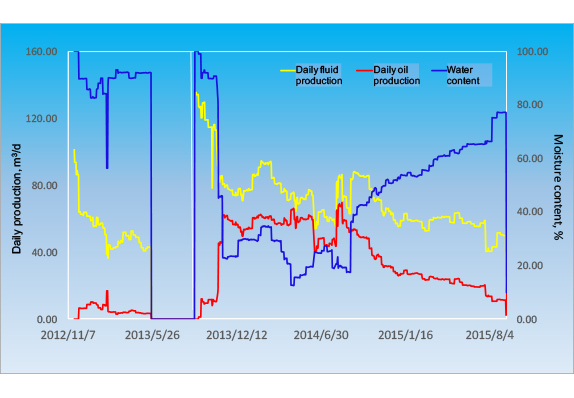Production Stabilization and Water-cut Controlling Service
Process Introduction
The microsphere is a dispersed particle gel composited by inverse micro-emulsions polymerization, with average size of hundred of nanometer, which is featured with even dispersion in the water and easy to inject into the formation, and then plays its role in blockage after swelling by absorbing water gradually. The product is characterized by "easy-to-inject, capable-to-block and movable" and other features for deep profile control and displacement
The mechanism of microsphere deep profile control and displacement technology is to block the pore throat of high-permeable bands by swelled microspheres, and then block level by level and change the direction of the water-driven fluid by constant deformation and migration, enlarge its sweep efficiency so as to attain the target of improving the recovery efficiency by deep profile control and displacement.
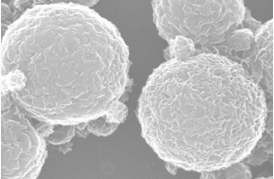
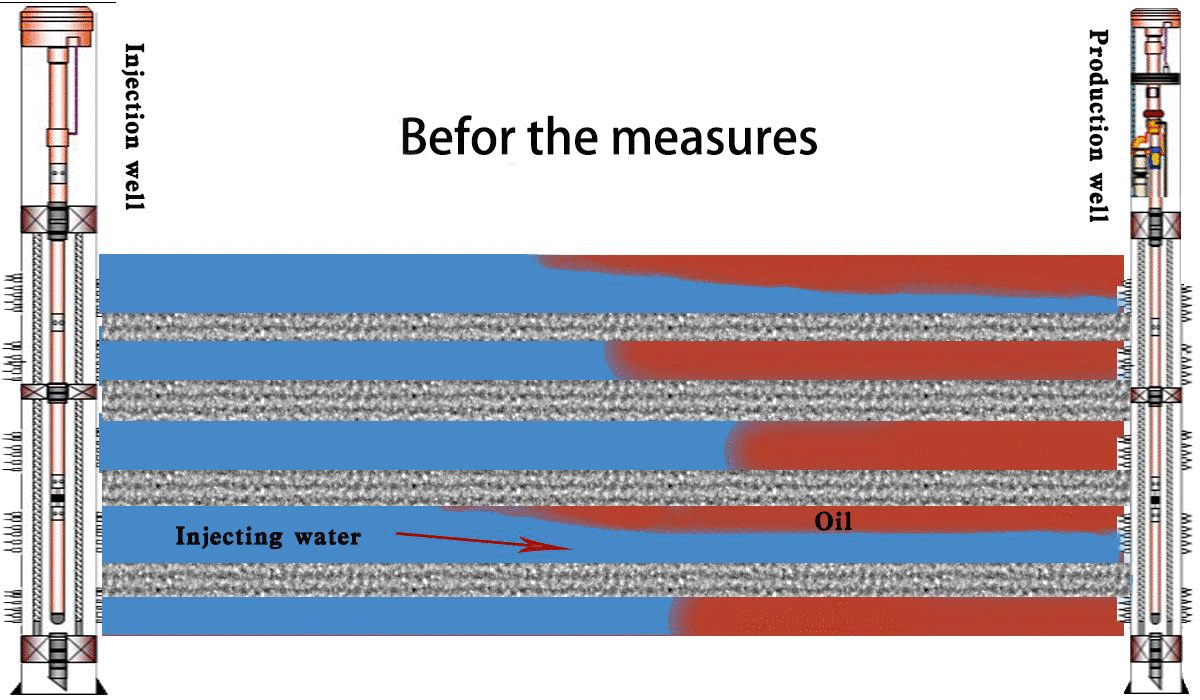
Technical Indicators
By now, there are three categories, with a total of more than 30 kinds of microspheres that have been developed, and their major technical indicators are shown as follows:
| Types | Model | Process Requirements | Formation Adaptation | Initial Size | Full Swelling Time | Final Swelling Size |
| Final Swelling Size | NM-2 | Deep profile control and displacement | <2000mD | 10~200nm | 7~30d (adjustable) | Several microns |
| Composite sphere | FH-260 | Deep profile control and displacement | 2000~5000mD | 300~1000nm | 7~20d (adjustable) | Several microns ~ more than 10 microns |
| Core-shell sphere | HK-4100 | Core-shell sphere | 2000~5000mD | 300~1500nm | 7~20d (adjustable) | Dozens of microns |
Technical Applicability
| Indicator | Microspheres adaptable conditions |
| Reservoir distribution | Solve the situ and plane contradictions, and enlarge the swept volume of water flooding; |
| Moisture content | Average moisture content of well group: 50%~95% |
| Connectivity | The target layers have better connectivity, with the injection-production connection rate of 65%; |
| Pore throat distribution | Diameter of reservoir pore passage<50 μm; |
| Temperature | Reservoir temperature ≤ 130℃; |
| Mineralization | <200000ppm |
Supporting Systems, Software and Tools
Microspheres product design and evaluation techniques, microsphere-formation matching and decision-making method, optimization and design technology for microsphere profile control and displacement parameters, numerical stimulation technology for microsphere profile control and displacement, microsphere detection technology for output liquid, etc.
Methods of Application
Connect with the water injection pipeline for injection, without mixing and curing devices needed, and feature with small floor area required, less equipment used and easy to operate.
Application
At present, the microspheres profile control and displacement technology has been applied on 16 well groups cumulatively in Bohai Bay area, with the average yield increased by 7,761t for each single well group, the average yield increased by 83t per ton of agent, the input-output ratio of more than 1:5.
Case Study
Results on Microsphere Profile Control and Displacement Operation of a Well Group in Bohai Oilfield:
The water content of the well group decreases from 72% to 64%, and its daily oil yield increases from 240 tons/day to 320 ton/day; It was valid for more than 1 year, with accumulative yield increased by 21,000t within such period, and the yield was increased by 138t per ton of agents, with the input-output ratio of 1:7.5, which showed significant economic benefits.
